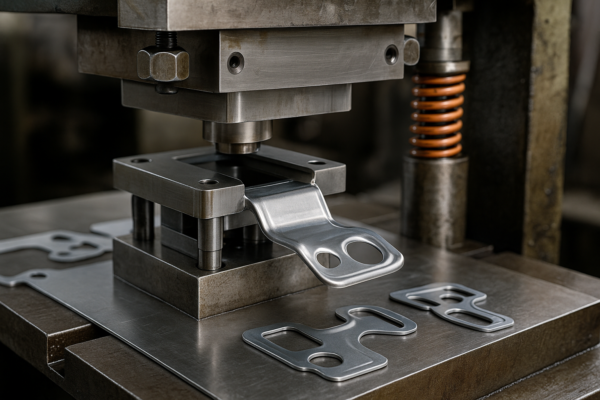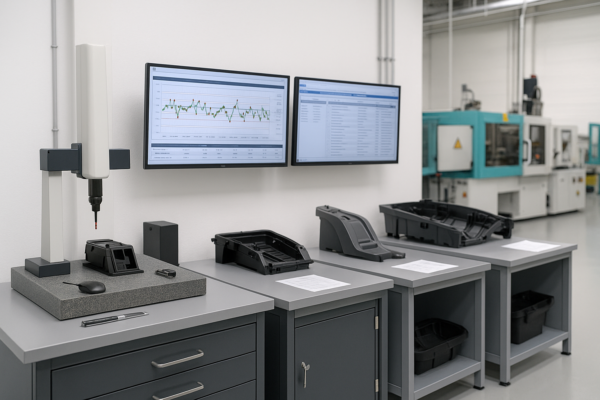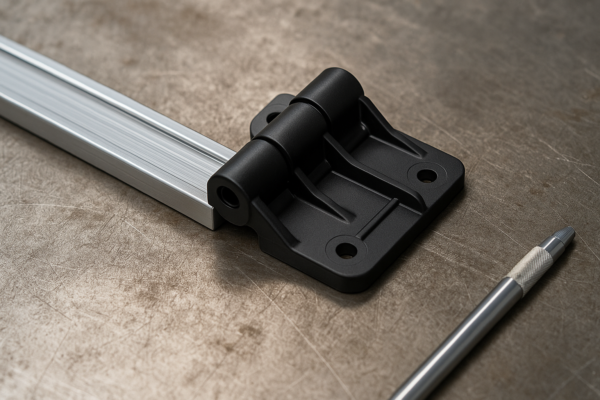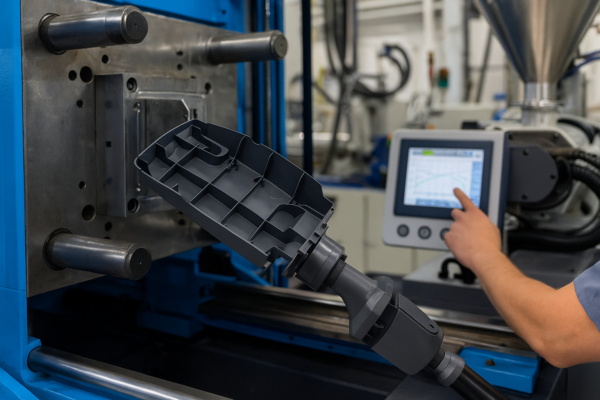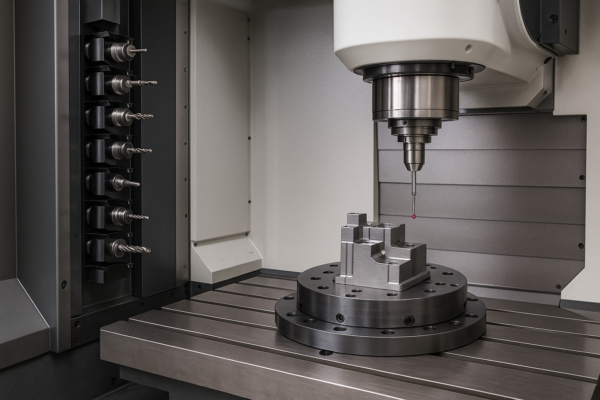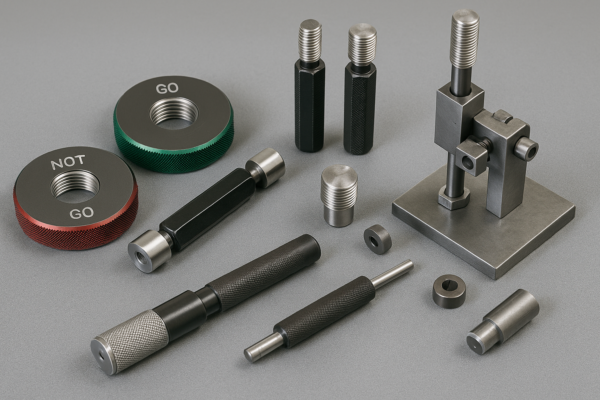What are stamping parts?
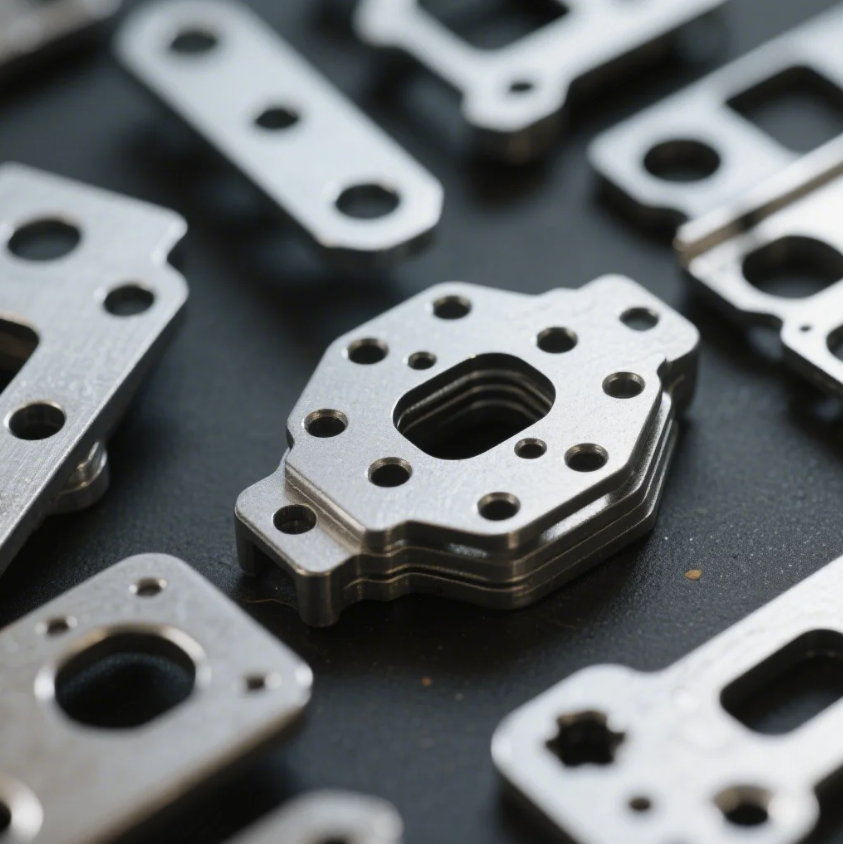
Stamping parts are metal components that are created using a stamping process. This process involves shaping or cutting metal into specific forms using a die and press. Stamping is used in various industries to produce a wide range of parts, from simple cutouts to complex, detailed shapes. In this article, we’ll explain what stamping parts are, how they are made, and the various processes involved in their production.
Snippet paragraph: Stamping parts are metal components shaped or cut using a die and press, used in a wide variety of industries for different applications.
Transition paragraph: Let’s dive deeper into what stamping parts are, their production process, and the different types of stamping.
What are the 7 steps in stamping method?
The stamping process involves a series of steps that shape a flat metal sheet into a specific form or part. These steps are essential for achieving precision and ensuring the final part meets the desired specifications. The following are the seven key steps involved in the stamping method:
- Blanking: The first step in the stamping process, where the metal sheet is cut into a flat piece known as a blank.
- Punching: This step involves using a punch press to create holes or cutouts in the blank.
- Bending: In this step, the metal is bent into specific shapes or angles using a die.
- Embossing: Embossing creates raised or indented designs on the surface of the metal, often used for decorative or functional purposes.
- Forming: This step involves shaping the metal into three-dimensional parts, such as containers or other complex forms.
- Drawing: The drawing process is used to create deep or curved shapes, where the metal is pulled into a mold to form more intricate designs.
- Finishing: The final step in the process, which involves trimming excess material, cleaning the part, and applying coatings for protection and aesthetics.
Snippet paragraph: The seven steps in stamping include blanking, punching, bending, embossing, forming, drawing, and finishing, each playing a critical role in the final product’s quality.
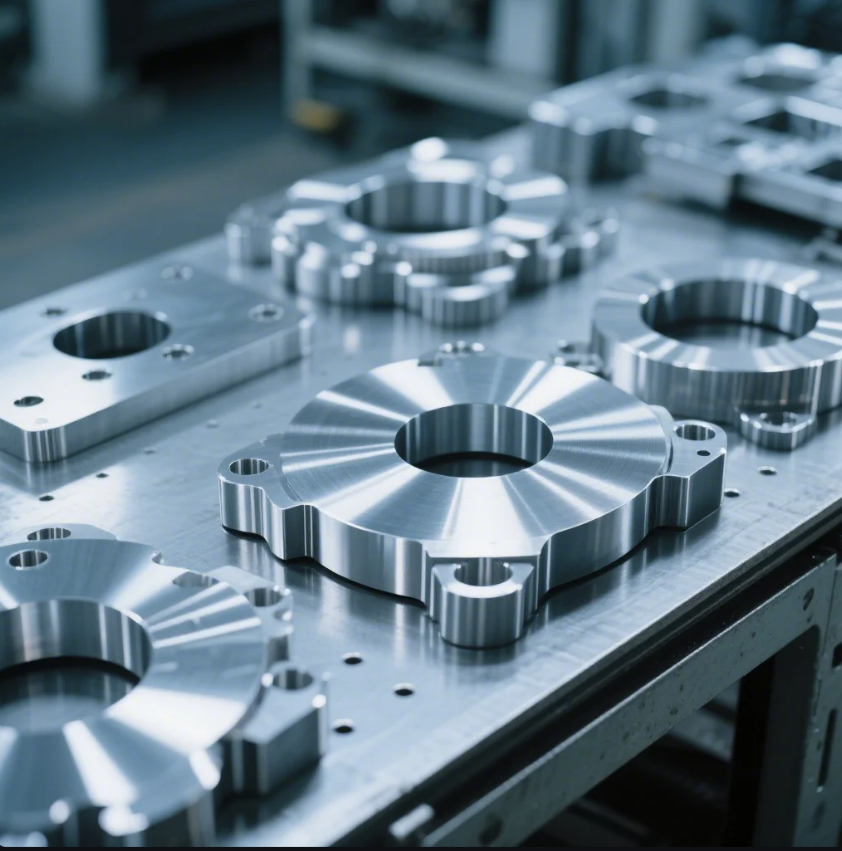
Dive Deeper:
These seven steps are interconnected and each one is essential for creating high-quality stamped parts. The process starts with blanking, where the raw material is cut into the desired shape. Then, punching and bending shape the blank further, adding features like holes and bends. Embossing and forming add depth and texture to the part, while drawing creates deeper shapes. Finally, the part is finished to remove excess material and ensure the part meets aesthetic and functional requirements.
Here’s an overview of these steps in action:
| Step | Description |
|---|---|
| Blanking | Cutting the raw material into a blank. |
| Punching | Creating holes or cutouts using a punch press. |
| Bending | Shaping the metal into specific angles. |
| Embossing | Creating raised or indented patterns. |
| Forming | Shaping the metal into more complex forms. |
| Drawing | Creating deeper shapes by pulling the metal. |
| Finishing | Trimming, cleaning, and coating the final part. |
Each of these steps helps create a stamped part that meets the required specifications in terms of both function and appearance. Each stage is carefully controlled to ensure the integrity of the metal is preserved while shaping it into the desired form.
What are stamping steps?
Stamping steps refer to the sequence of operations carried out during the stamping process. These operations are crucial for shaping the raw metal sheet into the final product. Typically, stamping steps include blanking, punching, bending, and other specialized operations like drawing and embossing. The exact steps used in a particular stamping process will depend on the part being produced and its required characteristics.
Snippet paragraph: Stamping steps are the individual operations that shape the raw material into a finished part. These include blanking, punching, bending, and drawing.
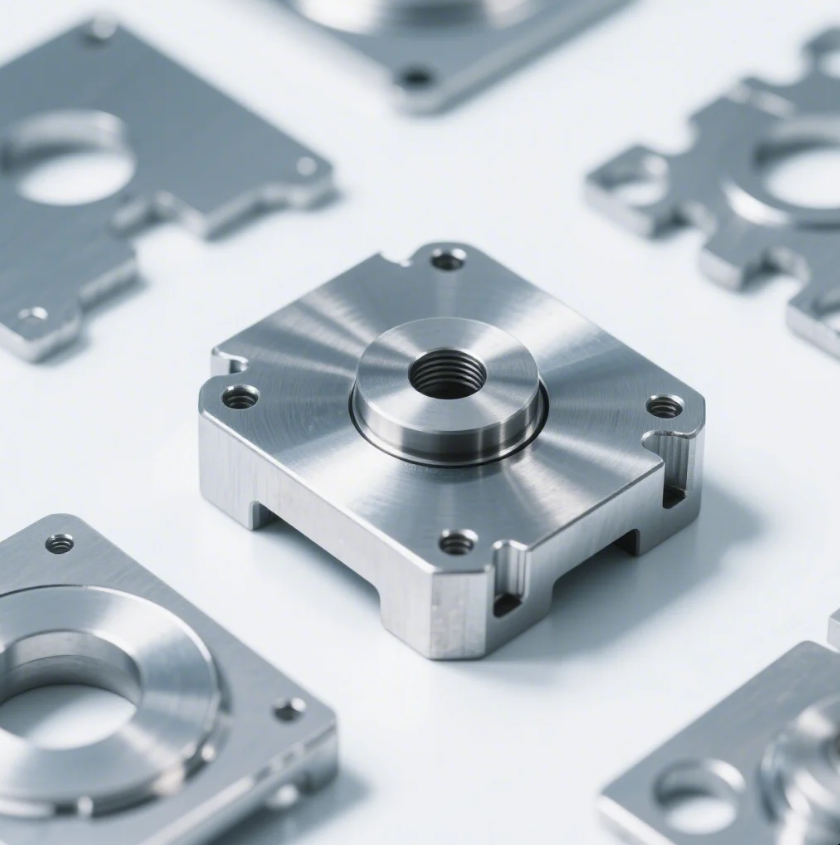
Dive Deeper:
Understanding the sequence of stamping steps is critical for ensuring that the part is created accurately. A typical stamping process begins with blanking, followed by punching or cutting, and then bending the material into the desired shape. Depending on the part, operations like embossing, drawing, or finishing may be added to meet the final specifications.
Here’s a simplified example of the typical stamping process:
- Blanking: The metal sheet is cut into blanks, which serve as the base for all subsequent operations.
- Punching: Holes or cutouts are created in the blank for specific design features.
- Bending: The blank is bent into the desired shape or angle.
- Embossing/Drawing: Special features like raised designs or deep shapes are added to the part.
- Finishing: The part is trimmed, cleaned, and coated for the final product.
These stamping steps are performed in a specific order to ensure precision and avoid errors. It’s essential that each step is carefully controlled to ensure that the final part fits perfectly in its intended application.
What is the draw process of stamping?
The draw process in stamping refers to a technique used to create deeper shapes from a flat metal sheet. In this process, the metal is pulled into a die using a punch press, which shapes the metal into a specific mold. The draw process is commonly used to create parts with complex geometries, such as cans, containers, and other deep shapes that cannot be made through simpler bending or cutting methods.
Snippet paragraph: The draw process involves pulling the metal into a mold to create deeper shapes. It’s essential for parts that require high depth or complex forms.
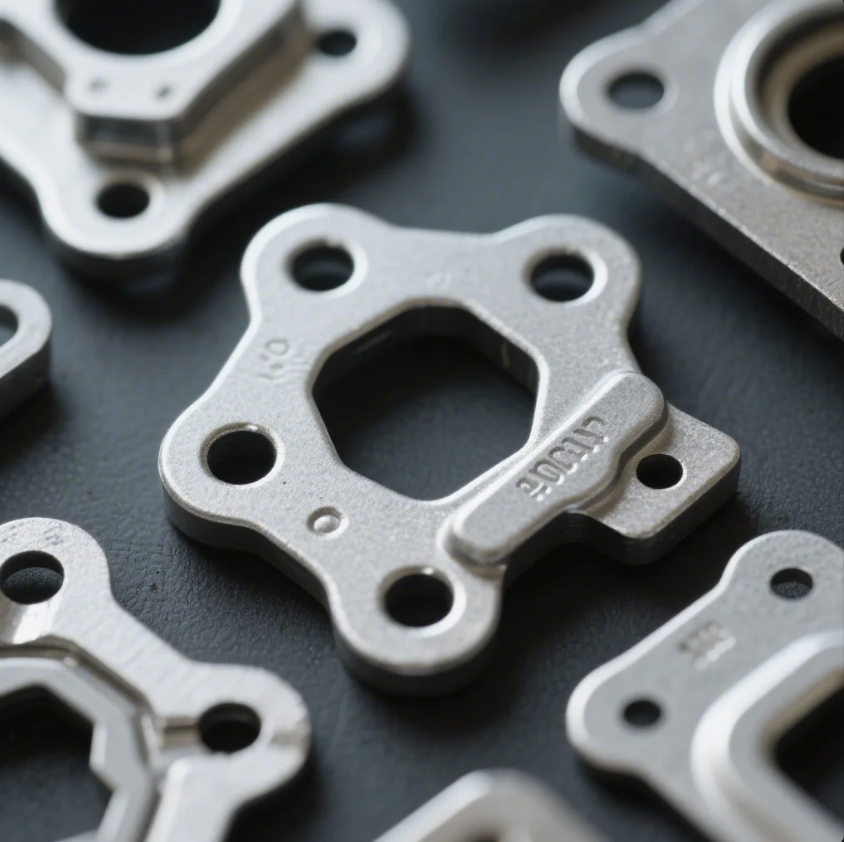
Dive Deeper:
During the draw process, the metal is pulled through a die that shapes it into a more intricate design. The draw process is particularly challenging because it requires careful control of material flow to avoid defects such as wrinkles, thinning, or tearing.
There are two primary types of drawing:
- Shallow Drawing: This involves creating relatively shallow shapes with the metal, where the depth is not significant.
- Deep Drawing: In this case, the metal is drawn to create deeper shapes, such as cups or bowls. This process often requires multiple stages to gradually achieve the final depth.
The draw process requires proper lubrication, die design, and press control to ensure the metal flows smoothly without defects. Excessive material thinning can lead to structural weakness, while improper die alignment can cause misformation of the part.
What are the different types of stamping?
There are several types of stamping, each used for different applications and manufacturing needs. The primary types of stamping include progressive die stamping, compound die stamping, deep draw stamping, and transfer die stamping. Each type offers unique benefits depending on the complexity of the part being produced and the manufacturing volume required.
Snippet paragraph: There are different types of stamping, including progressive die, compound die, deep draw, and transfer die, each serving unique needs in manufacturing.
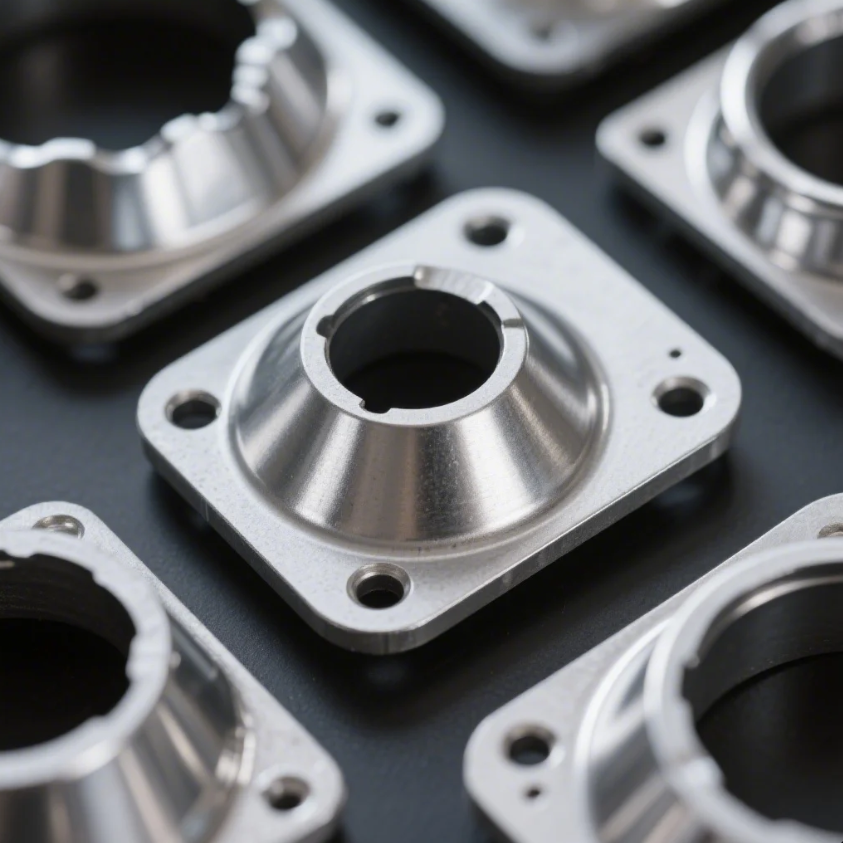
Dive Deeper:
Here’s an overview of the different types of stamping:
- Progressive Die Stamping: In this method, the metal blank passes through a series of dies, each performing a specific operation, such as punching, bending, or cutting. This type of stamping is ideal for high-volume production and is used to create parts with multiple features.
- Compound Die Stamping: This method combines multiple operations, such as blanking and punching, into a single die. It’s ideal for parts that require a combination of cutting and shaping in a single step.
- Deep Draw Stamping: This type of stamping is used to create parts with deep shapes, such as containers, cups, or other cylindrical forms. The metal is drawn into a mold, forming a deeper part than what can be achieved through simple bending or cutting.
- Transfer Die Stamping: In transfer die stamping, the part is transferred from one die to another in a series of operations. This allows for multiple features to be added to the part in different stages of the stamping process.
Each of these types of stamping has its own set of advantages and is suited to different manufacturing needs. Depending on the complexity and volume of the parts, manufacturers may choose one stamping method over another to achieve the desired results.
Conclusion
Stamping parts are an essential component of many industries, from automotive to electronics. Understanding the stamping process—along with the various steps and types of stamping—can help ensure the production of high-quality parts. At Prime, we specialize in providing precision stamping parts, offering customizable solutions for a wide range of applications. With over 20 years of experience in the industry, we guarantee fast delivery and top-quality products. Reach out to us today for professional consultation and to receive a quote for your stamping needs!

